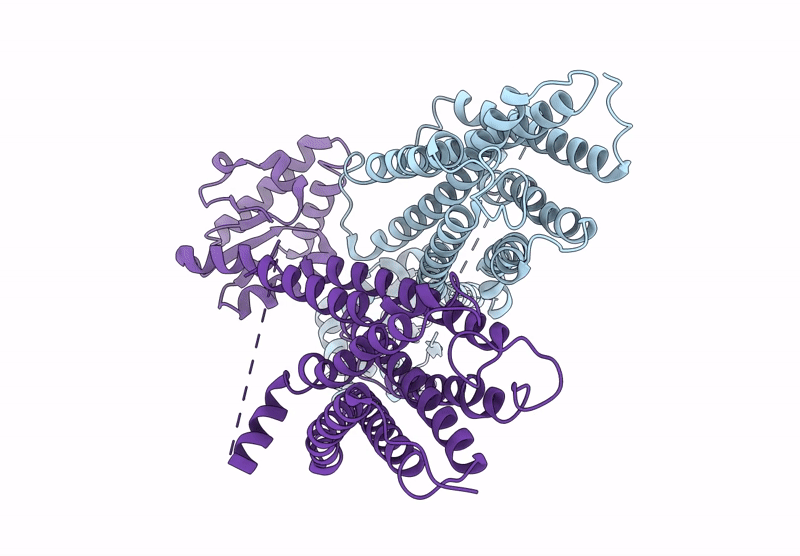
Deposition Date
2025-02-19
Release Date
2025-04-09
Last Version Date
2025-04-16
Method Details:
Experimental Method:
Resolution:
3.66 Å
Aggregation State:
PARTICLE
Reconstruction Method:
SINGLE PARTICLE


